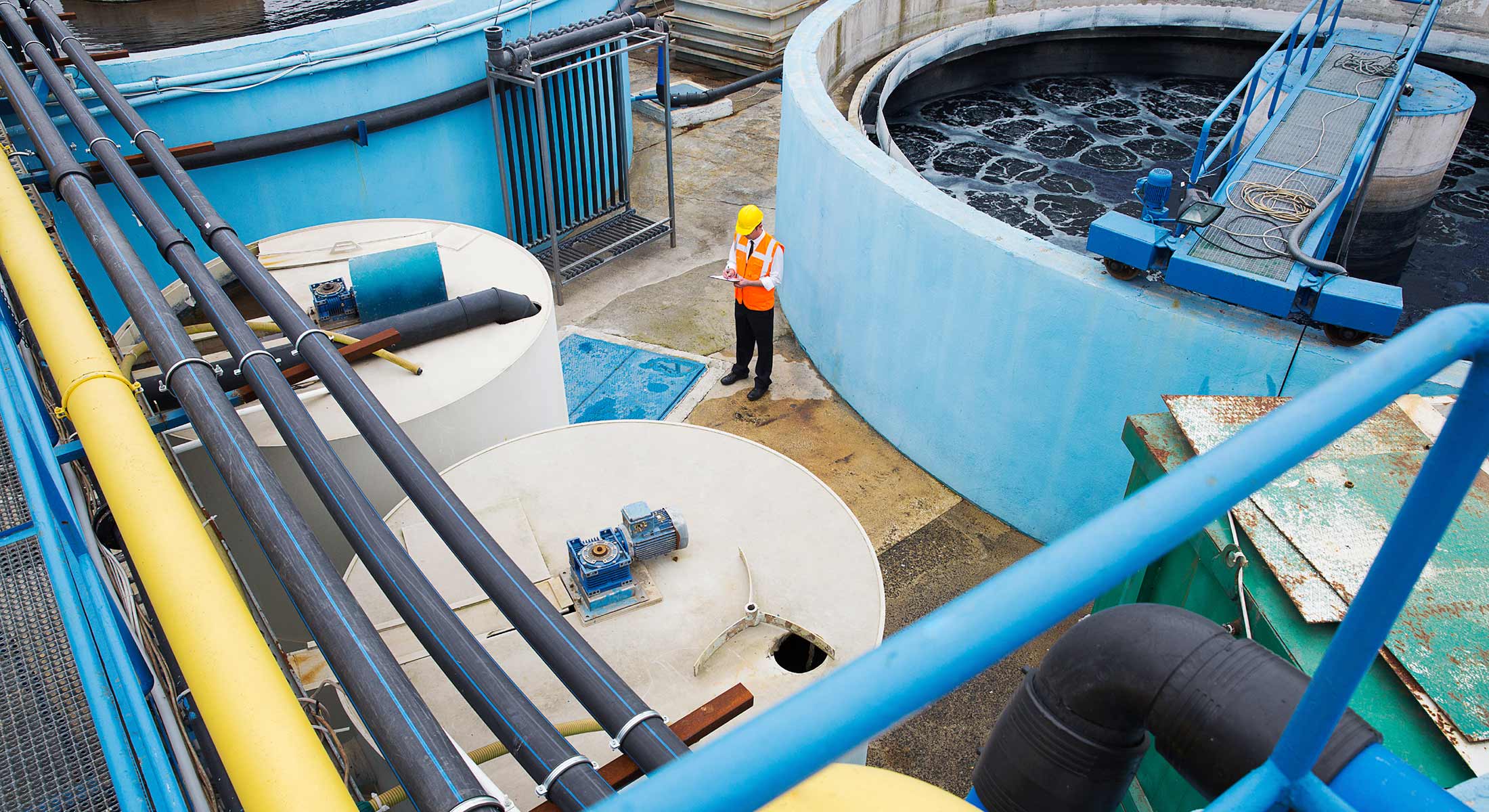An Asset Performance Management Maturity Checklist

An Asset Performance Management Self-Evaluation Checklist for Organisations
In the race to increase productivity, optimise performance, and keep their assets delivering at peak levels, companies need all the help they can get. One of the most powerful tools available to us as ‘Maintenance 4.0’ carries us into the future is Asset Performance Management (APM).
You may be wondering how effective your organisation’s current APM strategy is and if/how you can improve it going forward.
An APM maturity model approach can help. It offers a systematic way to evaluate asset management processes, technologies, capabilities, and systems. It involves continuous benchmarking that allows organisations to:
- Determine their present capabilities and skills
- Compare them with industry peers
- Recognise improvement areas
- Identify opportunities and risks associated with their assets
- Create a step-by-step plan for progressing to the next level of maturity
The APM maturity model consists of five levels, each characterised by a set of capabilities. The first stage of the maturity curve encompasses manual or unmanaged processes for asset management. The last stage represents an optimal operating level of industrial assets.
The checklist below will help you identify where your operation falls on the maturity curve. Consider each line item and whether it accurately describes your current situation. Once you have a sense of your level, you can determine how to proceed in terms of process, technology, and governance. Making the climb up the maturity levels will support your organisation in achieving the best APM outcomes. More on that from us in the coming weeks!
Your Maintenance Maturity Level: A Self-Evaluation Checklist
Level 0: Ad Hoc/Initial
Processes are reactive and ad hoc. Success is unpredictable and unrepeatable.
- Management of asset information and analytics is not in place
- There are no defined processes and guidelines for process management
- No automation and no specific initiatives are in place for maintenance
- Governance standards have are not defined or established
- No skill development programs are offered to employees
- No IT systems are in place
Level 1: Defined/Preliminary Adoption
Successes are repeatable in some cases. Basic maintenance management is in place.
- Asset operations data is captured
- Standard processes and guidelines are defined
- Maintenance manuals and standard operating procedures are maintained
- Standard guidelines are established by vendors and manufacturers
- Training is offered on an as-needed basis
- Systems operate in isolation from each other
Level 2: Compliant/Normative
Processes are established and regularly improved upon. Consistency exists across the organisation.
- Data is analysed to predict asset failure
- Customised processes are established and a centralised system exists for warranty management
- Metrics are captured and monitored against targets
- Guidelines exists for each asset type
- Comprehensive training plans are developed
- Integrated IT systems are in place
Capture equipment data, be alerted to abnormal behaviour, and analyse machine condition 24/7- https://learn.movus.com.au/trial
Level 3: Evolving/Integrated Enterprise
Measurement and processes are granular. Performance is qualitatively and quantitatively predictable.
- Asset hierarchy is managed with specialised tools
- A comprehensive framework clearly defines roles and responsibilities
- Virtual simulations are used for purposes of optimisation
- The governance plan is reviewed and updated on an ongoing basis
- Competency plans and defined development plans are regularly measured
- Data and process integrations are seamless
Level 4: Execution Excellence
Processes are nimble and continually improved. Technological innovations accelerate change and learning.
- Connected assets capture and monitor data
- Documented processes and their performance are continuously monitored
- Advanced simulations are used for optimising schedules
- Enterprise-level guidelines are established and best practices are enforced
- Dedicated training with augmented reality and virtual simulations is available
- Enterprise-wide integration is achieved and enables geographically distant units to collaborate
———————
So, where does your organisation rank? Have you found some questions you don’t yet have the answer to? Noticed anything that you need to improve upon? If you’re looking to level up, MOVUS and its partners can support you in a number of ways. Reach out here to discuss your requirements with our team of specialists.
Image sourced from: https://rapidminer.com/blog/iiot-implementations-in-manufacturing/


